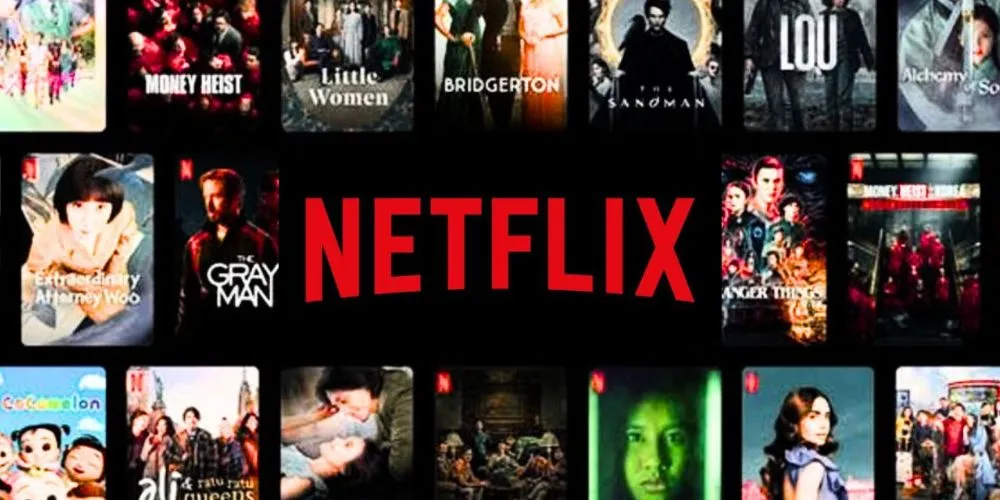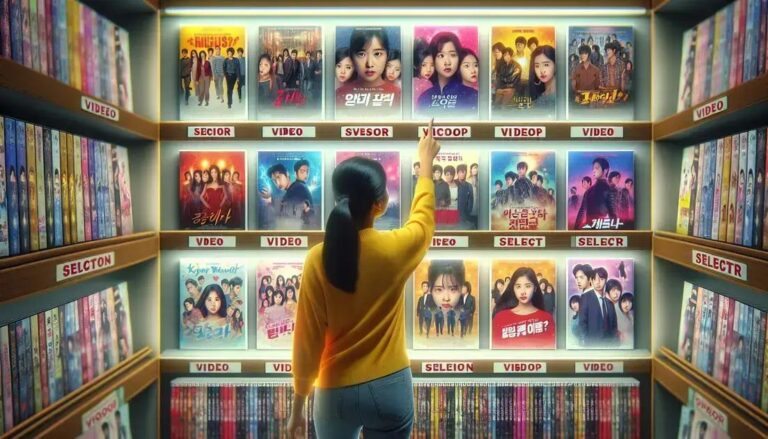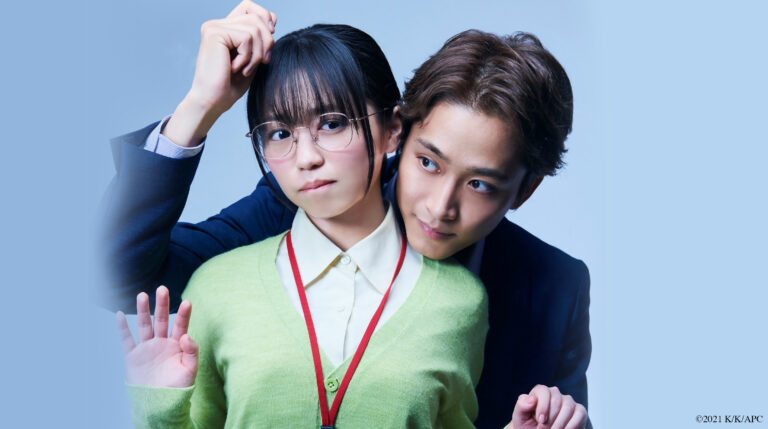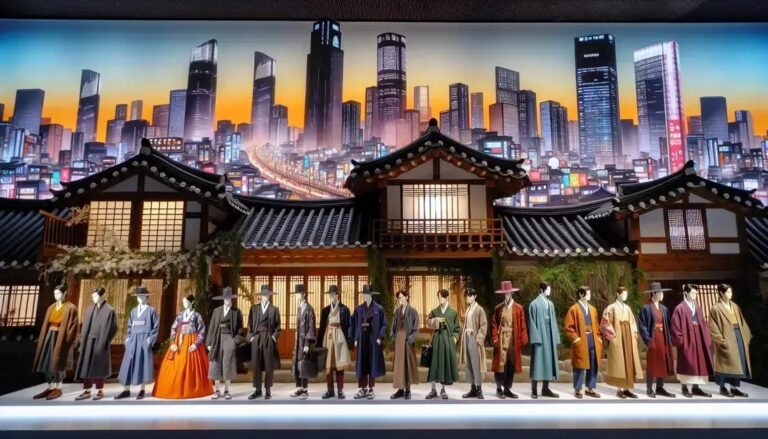Anúncios
Over the past ten years, Korean dramas — popularly known as k-dramas — have gone through an impressive transformation. What was once considered a niche form of entertainment, with modest productions aimed primarily at Asian audiences, has now become a global phenomenon, featuring big budgets, complex storylines, and cinematic-level visuals.
From Simple Romances to Multi-Layered Storylines
If we look back at shows like Boys Over Flowers (2009) or Secret Garden (2010), we’ll see that the formula was almost always the same: an unlikely couple, family obstacles, a bit of comedy, and plenty of emotion. These dramas charmed viewers with their simplicity and emotional development. However, as international viewership grew, so did the demand for more diverse and daring stories.

Today, we see k-dramas exploring genres like science fiction, psychological thrillers, horror, and even political dystopias. Series such as Kingdom, Vincenzo, Moving, and Sweet Home clearly show how Korean storytelling has expanded. Scripts have become more ambitious, blending local cultural elements with universal themes that resonate globally.
The Rise of Big-Budget Productions
With increasing global popularity — boosted by platforms like Netflix — the k-drama industry began receiving significantly more investment. This directly impacted production quality: detailed sets, luxurious costumes, high-end visual effects, and cinematic soundtracks.
Shows like Arthdal Chronicles and The Glory highlight this shift. They stand out not just for their narratives but also for their visual sophistication and production scale, often comparable to major Western series. K-dramas are no longer just romantic soap operas — they’ve become premium entertainment products on the world stage.
Representation and Modern Themes
Another major shift is the industry’s willingness to tackle social issues. In the past, dramas often avoided controversial topics, leaning toward more conservative storytelling. But today, it’s increasingly common to see series addressing mental health, social inequality, feminism, bullying, LGBTQIA+ themes, and more.
K-dramas like It’s Okay to Not Be Okay, Nevertheless, and Our Blues have broken taboos and opened space for deeper conversations with audiences, showing that the industry is paying attention to cultural and societal changes worldwide.
The Role of Globalization and Streaming Platforms
The partnership with major streaming services was undoubtedly a turning point. Platforms like Netflix, Viki, and Disney+ helped democratize access to Korean dramas, offering subtitles in dozens of languages and simultaneous releases worldwide.
This globalization pushed the industry to adapt. Today, many scripts are developed with international viewers in mind. Korean actors have also gained worldwide recognition, participating in global events and even Hollywood productions.
Conclusion
The k-drama industry hasn’t just evolved — it has reinvented itself. From simple, predictable love stories to bold plots and top-tier visuals, k-dramas have become a cornerstone of modern pop culture. And if the past decade was about growth, the next promises even more innovation, diversity, and emotional impact for fans around the globe.
❓ FAQ – Frequently Asked Questions About the Evolution of K-Dramas
1. Why have k-dramas become so popular internationally?
The mix of engaging scripts, deep characters, high production quality, and global distribution through streaming platforms has helped k-dramas win over audiences around the world.
2. Do k-dramas still stick to the traditional romance formula?
Yes, but there is now a much wider variety of genres. In addition to romance, there are action dramas, fantasy, sci-fi, thrillers, and historical themes, offering something for everyone.
3. How have streaming platforms influenced this change?
They’ve expanded the global reach of k-dramas by making them instantly accessible in multiple languages. This led to greater investments and higher expectations for storytelling and production quality.
4. What are some of the most iconic k-dramas from this new era?
Some of the most representative series include The Glory, Kingdom, Vincenzo, Squid Game, It’s Okay to Not Be Okay, and My Name. These shows reflect both the technical and narrative evolution of the industry.





